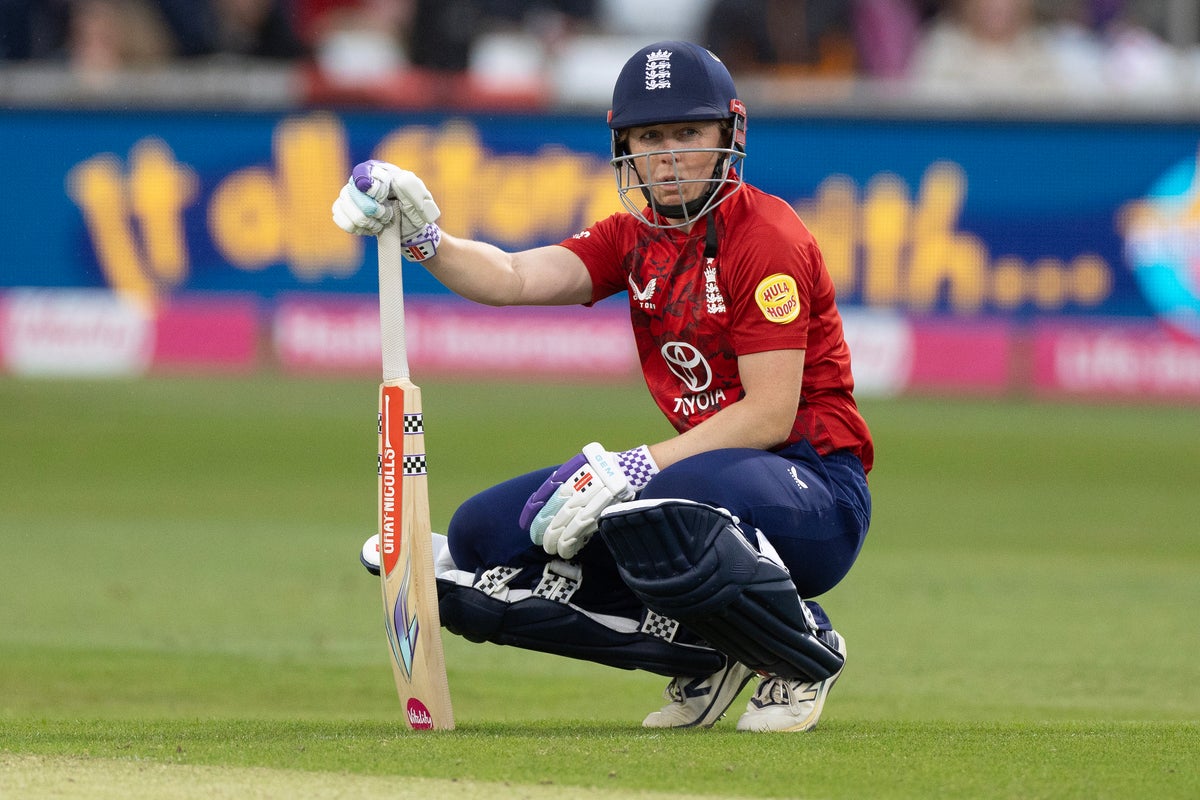Narcissism has become the armchair diagnosis of the decade. Social media is awash with people flinging the label around. Everyone’s ex seems to be a narcissist, some of our parents are under suspicion, and that office villain? They definitely tick the box, too.
The accuracy of these rampant diagnoses warrants scepticism. But the reality is, narcissists do exist. At its extreme, narcissism is a rare mental health diagnosis, known as narcissistic personality disorder. But narcissism also describes a cluster of personality traits, which we all display to varying degrees.
For those of us who have been in close quarters with someone high in narcissistic traits, we rarely walk away unscathed. And we may be left with lingering questions. For example, what made them this way?
In a recent meta-analysis, my colleagues and I pulled together studies examining the link between narcissism and adult attachment styles. Our findings offer an important clue, especially when it comes to the potential roots of vulnerable narcissism.
Types of narcissism
There are two main types of narcissism.
Grandiose narcissism is what typically comes to mind. It is characterised by an overtly grandiose, aggressive and dominant interpersonal style. In contrast, vulnerable narcissism is marked by introversion, hypersensitivity to criticism, and a defensive, insecure grandiosity that masks fragile self-esteem.
Antagonistic traits such as entitlement, manipulation, and a lack of empathy lie at the core of both narcissism types. This helps to explain the interpersonal difficulties linked to each.
Vulnerable narcissism, in particular, has been linked to a range of harmful behaviours in romantic relationships. Individuals high in this trait are more likely to engage in love bombing, ghosting and breadcrumbing.
They also tend to report lower relationship satisfaction, hold more permissive attitudes towards infidelity and perpetrate intimate partner violence at higher rates.
Secure versus insecure attachment
Researchers have turned to attachment styles to help explain how individuals high in narcissism behave in romantic relationships.
Attachment theory proposes that early experiences with primary caregivers shape our beliefs about ourselves and others. These beliefs are thought to persist into adulthood and influence how we experience and navigate adult relationships.
If we felt safe, loved and supported as children, we are more likely to have a positive view of our self and others. This is the hallmark of secure attachment, which lays the foundation for healthy, stable relationships in adulthood.

But when early relationships are marked by neglect, inconsistency or abuse, they can give rise to insecure attachment styles. Adult attachment models generally identify three types of insecure attachment.
Preoccupied attachment develops from a negative view of the self and a positive view of others. Individuals with this style often feel unworthy of love and seek constant reassurance in relationships, fearing rejection and abandonment.
Dismissive attachment is rooted in a positive view of the self but a negative view of others. These individuals tend to prioritise independence over intimacy. As a result, they often struggle to form deep connections.
Fearful attachment involves negative views of both the self and others. Those with this style typically crave connection while at the same time fearing it, leading to push-pull dynamics in relationships.
An interesting pattern
In our meta-analysis, we combined the results of 33 previous studies comprising more than 10,000 participants to examine how narcissism relates to each of the four adult attachment styles. Overall, narcissism was linked to each of the three insecure attachment styles.
But when we looked at the two types of narcissism separately, an interesting pattern emerged. Vulnerable narcissism was consistently linked to insecure attachment styles – with associations of moderate strength for preoccupied and fearful attachment styles.
In contrast, grandiose narcissism showed no such link.

Does this mean insecure attachment causes vulnerable narcissism? Not necessarily. The studies we reviewed were “correlational”, which means they looked at connections, not causes. So we can’t say attachment styles cause vulnerable narcissism. To answer that, we’d need longitudinal research tracking people over time.
Still, our findings suggest that insecure attachment – particularly preoccupied and fearful attachment styles – may be an important risk factor in the development of vulnerable narcissism.
Of course, not everyone with an insecure attachment style has high levels of vulnerable narcissism. However, for some, vulnerable narcissism may emerge as a defensive coping strategy that arises when early attachments were marked by inconsistency, neglect or abuse.
Healing childhood wounds
Attachment styles tend to be fairly consistent throughout a person’s life, however, change is possible. Attachment-focused therapies, such as schema therapy and emotionally focused therapy, can help individuals heal attachment wounds and build more secure relationship patterns. These approaches may be especially helpful for those high in vulnerable narcissism.
At the same time, it is important that families have access to free and timely mental health care, so that children are supported to process and heal from trauma before it shapes their adult relationships, and the way they parent the next generation.
But prevention is better than a cure.
Supporting parents and caregivers to build secure attachments with their children and equipping them with the tools to parent effectively is essential. This is especially urgent given disturbingly high rates of child maltreatment in Australia, including emotional abuse, physical abuse and neglect – all of which have been linked to the development of vulnerable narcissism.
We don’t need to look too far to see the cost of turning a blind eye.
Megan Willis is an Associate Professor in the School of Behavioural and Health Sciences at Australian Catholic University.
This article is republished from The Conversation under a Creative Commons license. Read the original article.



